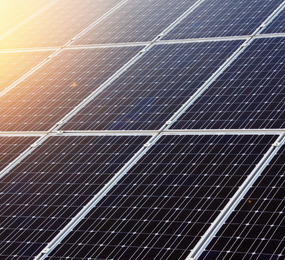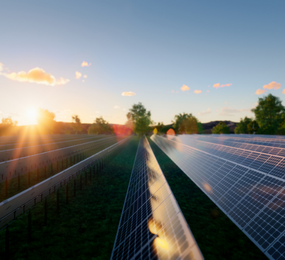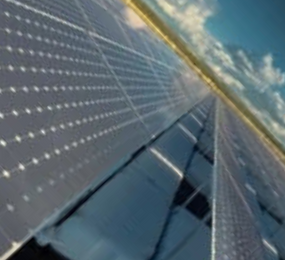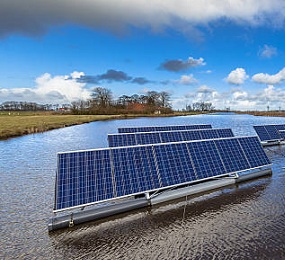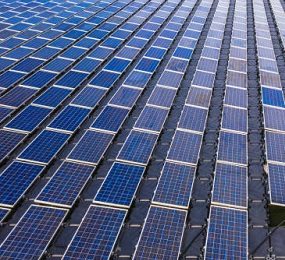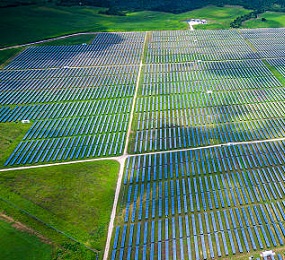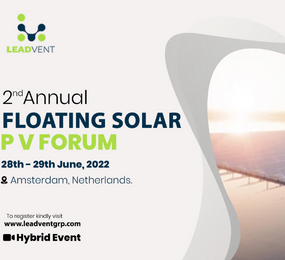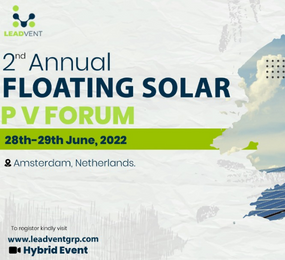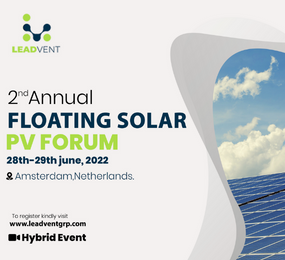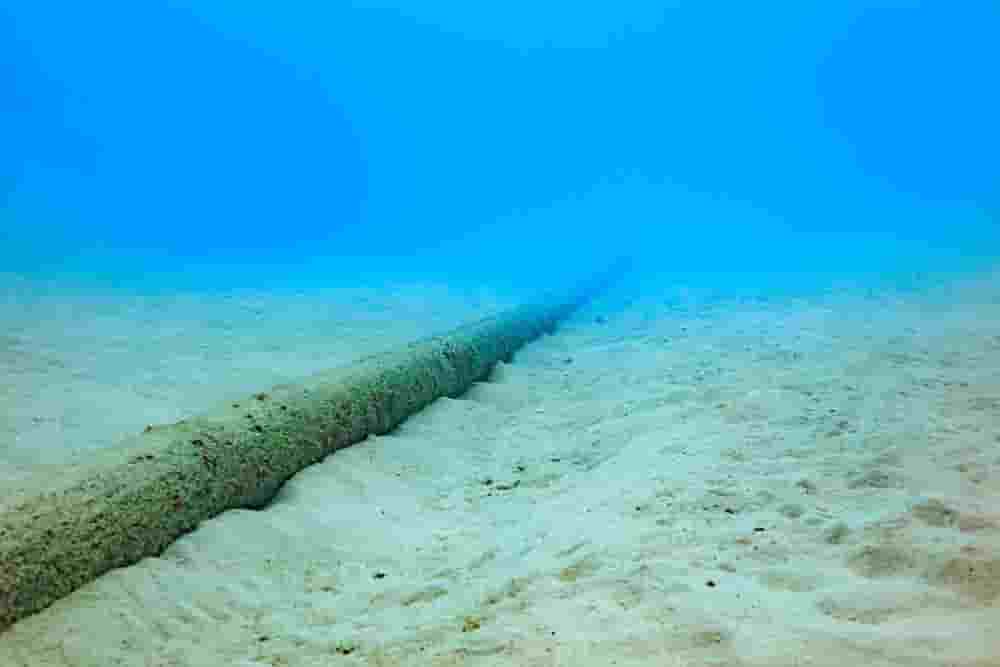Floating solar PV can be a useful tool for disaster relief efforts by providing a reliable and resilient energy source in the aftermath of natural disasters such as hurricanes, typhoons, and floods.
Because of downed power lines, damaged generators, and limited fuel supplies, access to electricity can be significantly hampered after a disaster. In order to support relief operations, floating solar PV can offer a decentralised and off-grid energy source.
The portability of floating solar PV is a benefit for disaster aid. Floating solar PV systems can be readily installed on the surface of water bodies like lakes, ponds, or reservoirs and are simple to move to disaster-affected areas. This makes them perfect for supplying electricity to far-off or difficult-to-reach regions where conventional energy infrastructure may be difficult to repair or replace.
This approach has several benefits:
-
Quick deployment: Floating solar PV systems can be quickly deployed in disaster-stricken areas where traditional power infrastructure may be damaged or destroyed. This can provide immediate access to electricity for critical services such as hospitals, relief centres, and communication networks.
-
Reduced environmental impact: Floating solar PV systems have a lower environmental impact compared to conventional power generation sources such as diesel generators. They do not emit greenhouse gases or other pollutants, reducing the carbon footprint and improving air quality in disaster-stricken areas.
-
Cost-effectiveness: Floating solar PV systems can be cost-effective, especially in areas with high solar irradiance and limited land availability. They can also provide long-term cost savings compared to traditional power generation sources that require regular maintenance and fuel.
-
Versatility: Floating solar PV systems can be designed to meet a variety of energy demands, ranging from small-scale systems for individual households to larger systems for commercial and industrial applications.
Floating solar PV can help with other relief operations like water purification and food preservation in addition to producing electricity. For instance, people can acquire clean drinking water by using the electricity produced by floating solar PV to power water treatment facilities. In order to preserve food and medical supplies, it can also power refrigeration and other machinery.
The Floating Solar Disaster Recovery Project in Japan is one instance of floating solar PV being used for disaster relief. This project involves the deployment of a floating solar PV system on a reservoir in an area affected by the 2011 Fukushima nuclear disaster. The system provides a reliable and off-grid energy source for emergency response and disaster recovery efforts.
Overall, floating solar PV for disaster relief is a promising approach that can provide critical energy services in times of crisis while also promoting sustainable and resilient energy systems.
To find out more details about Floating solar PV for Disaster Relief, join us on 27th - 28th June, 2023 for the 3rd Annual Floating Solar PV Forum, in Amsterdam Netherlands.
To register or learn more about the Forum please check here: https://bit.ly/3zVvdfN.
For more information and group participation, contact us: [email protected]


